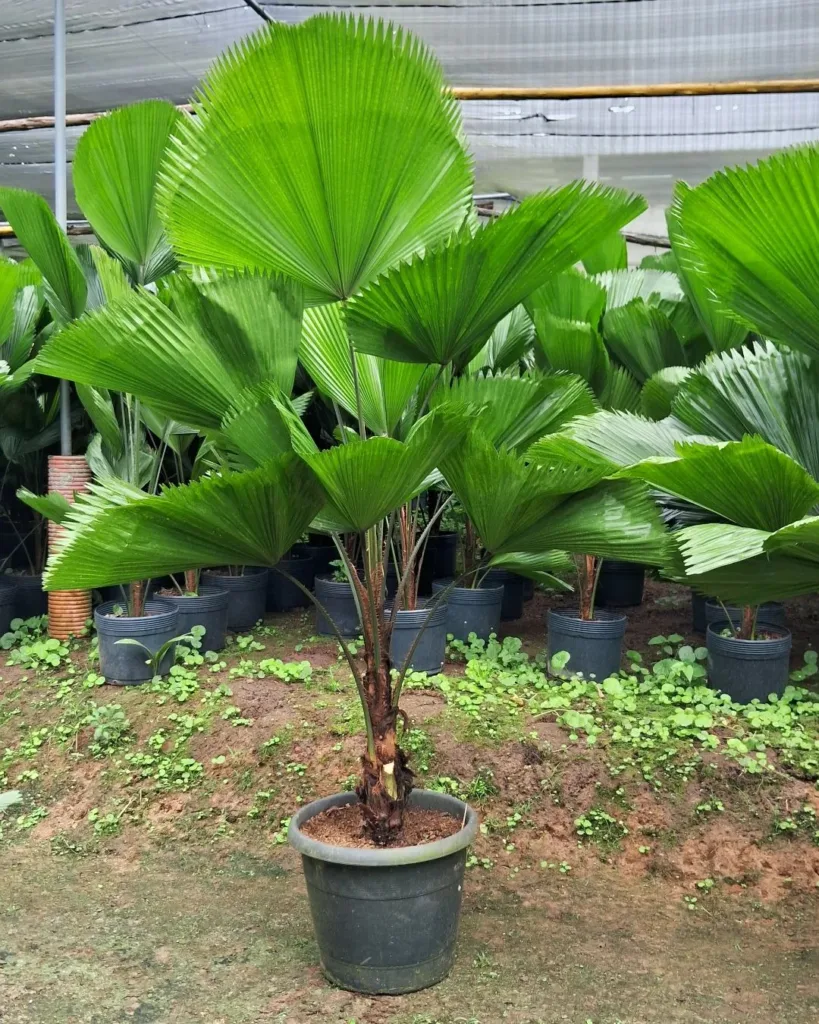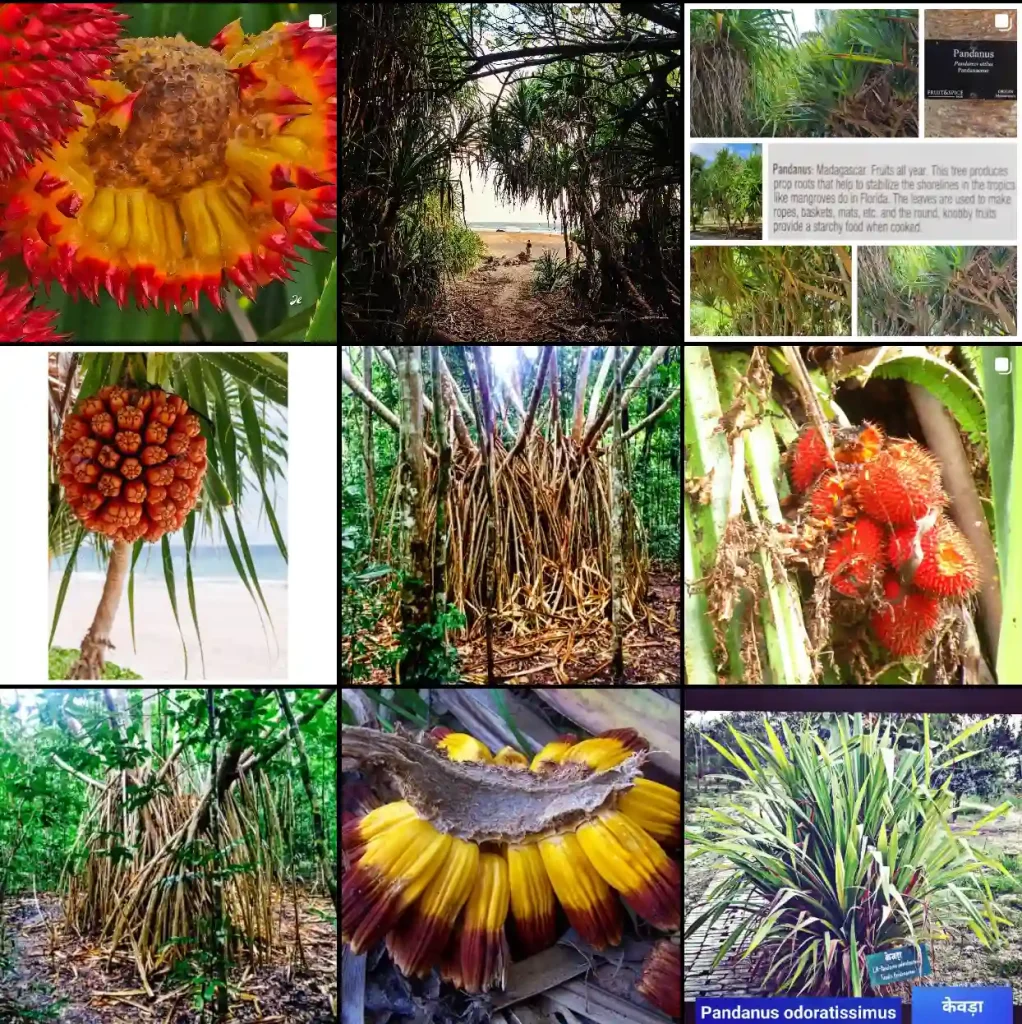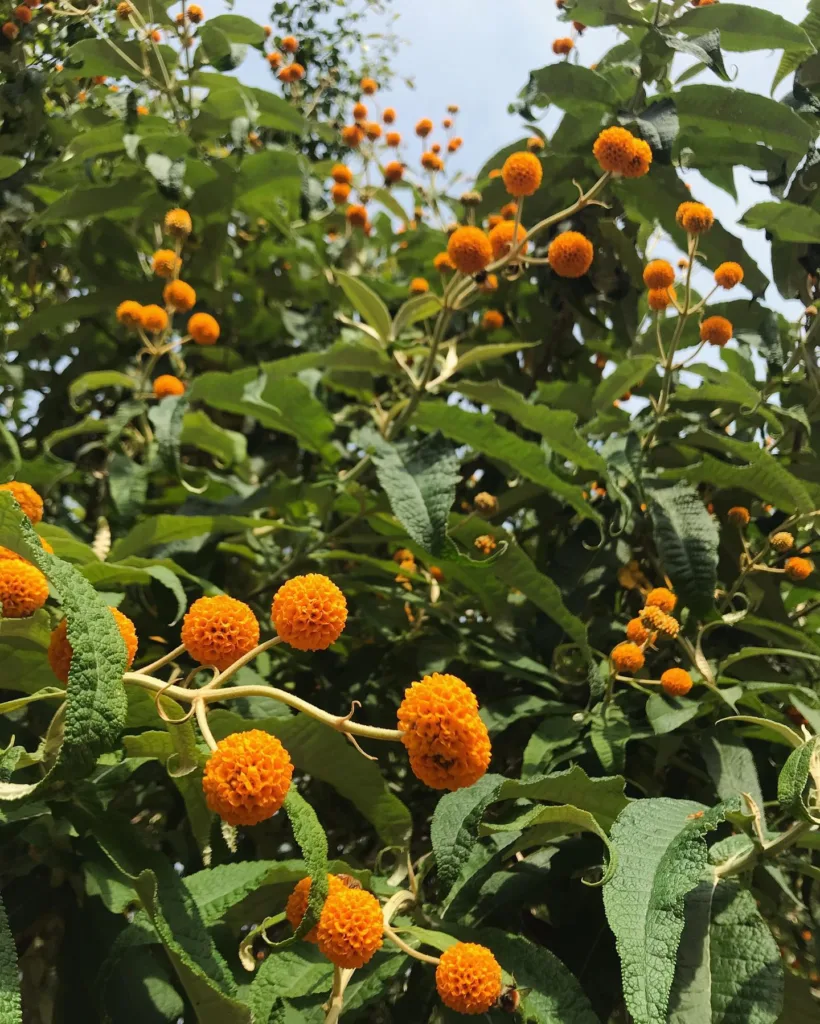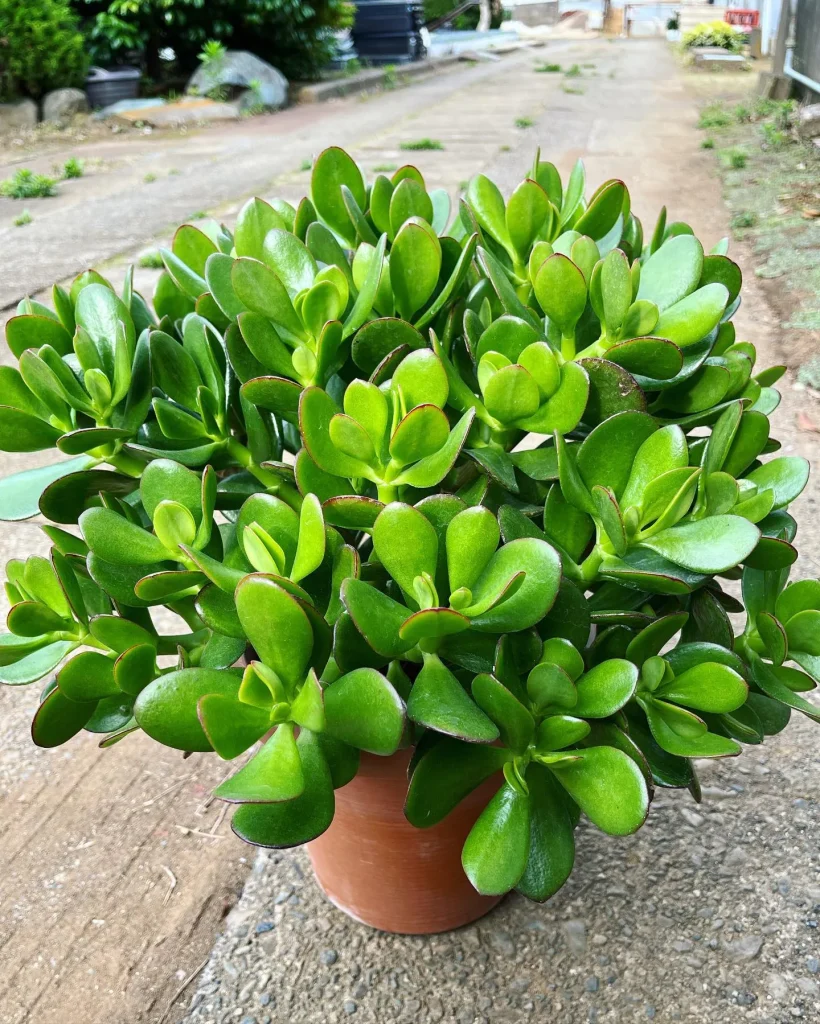Ferb Vu Explores the Crossosomataceae Plant Family: A Botanical Expedition
In the heart of my botanical journey, I, Ferb Vu, have encountered a plant family that has captured my curiosity: Crossosomataceae. This family, though relatively small, boasts a fascinating array of plants, each with unique characteristics and ecological roles.
Unveiling the Crossosomataceae Family
The Crossosomataceae family, also known as the crossosoma family, is a group of flowering plants that primarily inhabit arid and semi-arid regions of North America. Comprising just a few genera, this family showcases a remarkable diversity of forms, from shrubs to small trees.
Genera of the Crossosomataceae Family
- Crossosoma: This genus encompasses shrubs and small trees, often adorned with showy white or pink flowers. Crossosoma species are known for their drought tolerance and ability to thrive in challenging environments.
- Glossopetalon: This genus includes shrubs with small, inconspicuous flowers and leathery leaves. Glossopetalon species are well-suited to arid conditions, often found in desert scrub and chaparral ecosystems.
- Apacheria: This genus, represented by a single species, Apacheria chiricahuensis, is a shrub or small tree endemic to the Chiricahua Mountains of Arizona. This rare plant is characterized by its unique flowers and restricted distribution.
- Velascoa: The genus Velascoa is characterized by its unique floral morphology, including a long, narrow hypanthium and nearly sessile stamens, distinguishing it from other members of the Crossosomataceae family.
Ecological Significance
Despite their limited diversity, Crossosomataceae plants play crucial roles in their respective ecosystems. They provide food and shelter for various wildlife species, including birds, insects, and small mammals. Moreover, their deep root systems contribute to soil stabilization, preventing erosion in arid landscapes.
Adaptations to Arid Environments
Crossosomataceae plants have evolved remarkable adaptations to thrive in arid environments. Their leaves are often small and leathery, reducing water loss through transpiration. Some species have succulent stems or leaves, capable of storing water during periods of drought. Additionally, their deep root systems enable them to access water sources deep within the soil.
Conservation Concerns
While some Crossosomataceae species are relatively common, others face conservation challenges due to habitat loss, fragmentation, and climate change. The rare Apacheria chiricahuensis, for instance, is considered vulnerable due to its limited distribution and sensitivity to environmental disturbances.
Horticultural Potential
Several Crossosomataceae species, particularly those in the Crossosoma genus, have ornamental value and are cultivated in gardens and landscapes. Their attractive flowers, drought tolerance, and adaptability to various soil types make them desirable additions to xeriscapes and other water-wise gardens.
Conclusion
My exploration of the Crossosomataceae family has been a rewarding experience. This unique group of plants, though small in number, exemplifies the resilience and adaptability of life in arid environments. Their ecological significance, coupled with their horticultural potential, underscores the importance of conserving and appreciating these botanical treasures.
As a botanist, I am continually amazed by the diversity and ingenuity of the plant kingdom. The Crossosomataceae family, with its fascinating array of genera and species, serves as a reminder of the wonders that await discovery in the natural world. My journey continues, and I eagerly anticipate the next botanical encounter that will further enrich my understanding of the intricate tapestry of life on Earth.
Additional Notes:
- The Crossosomataceae family is sometimes included within the larger family Staphyleaceae, based on recent molecular phylogenetic studies.
- The genus Forsellesia, previously included in Crossosomataceae, is now placed in the family Rhamnaceae.
- The Crossosomataceae family is of particular interest to evolutionary biologists due to its unique floral morphology and its phylogenetic position within the eudicots.
I hope this article provides a comprehensive overview of the Crossosomataceae plant family. As a botanist, I am passionate about sharing my knowledge and enthusiasm for the plant world. May this exploration inspire others to appreciate the beauty and complexity of the natural world around us.
If i die, water my plants!



